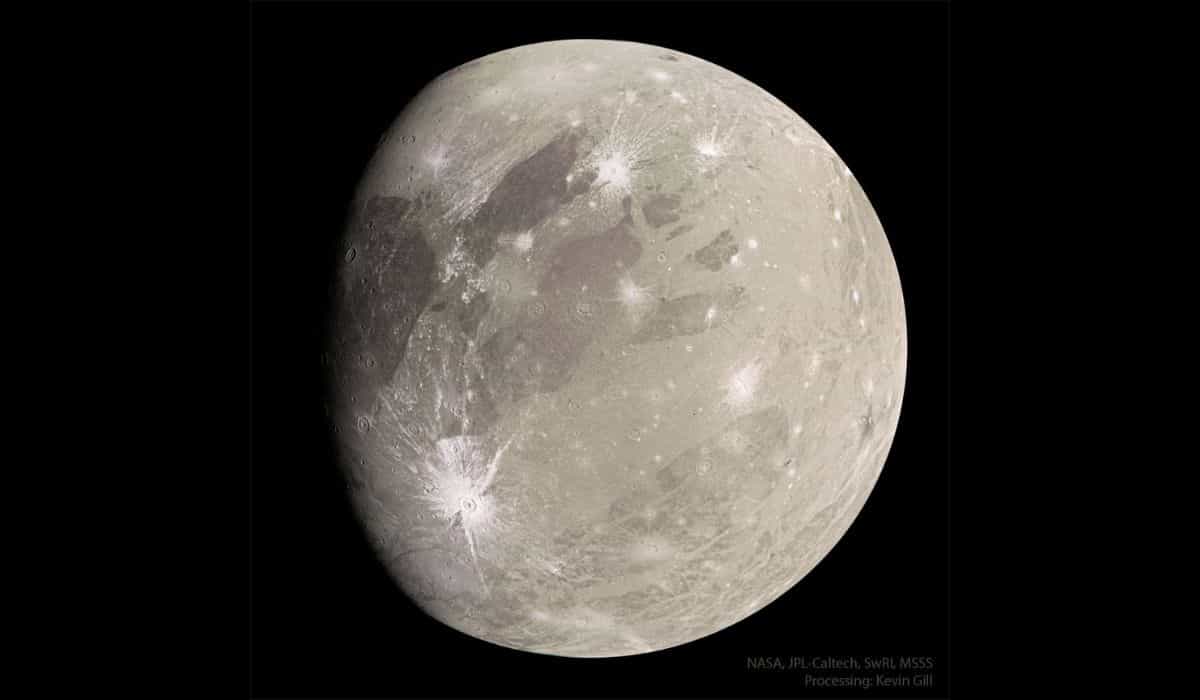
Every day, in the ‘Astronomy Picture of the Day‘, NASA showcases and teaches about some beauty of our universe. Such is the case of Ganymede, known as the largest moon in the Solar System.
+Several countries sign 1st international agreement for secure AI development
+Cosmic Treasure: Hubble Captures Amazing Photo with Various Types of Galaxies
In the image, captured in 2021 by the Juno spacecraft, it is possible to see the entire splendor of the moon that orbits around Jupiter, which is also the largest planet in our Solar System. Also noticeable is the intriguing landscape of an icy surface composed of young craters and older terrains, interspersed with grooves and mysterious elevations.
One of the most notable characteristics of Ganymede is the suggestion of a subsurface ocean beneath its icy crust; it is possible that this ocean contains more water than all the oceans on Earth combined. Additionally, the presence of water raises the possibility of conditions conducive to life, making Jupiter’s moon a super interesting target for researchers.
Ganymede is even larger than Mercury and Pluto, and a similar feature to Earth’s Moon is that it always keeps the same face turned towards Jupiter.

